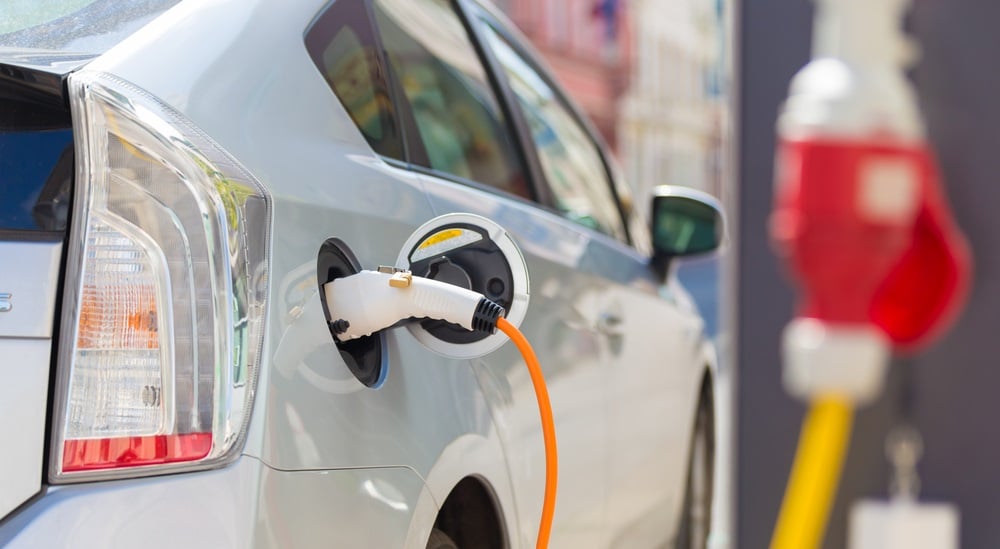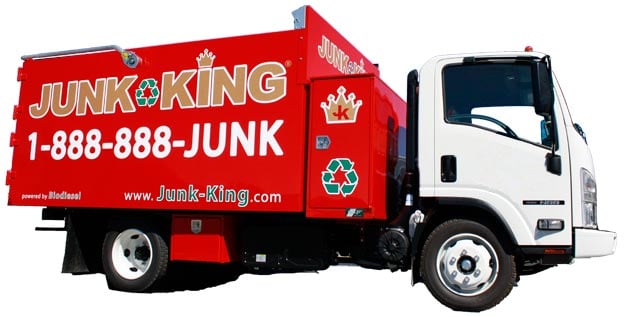
What was little more than a novelty seen on a few streets in the U.S. just two decades ago has now become commonplace: electric vehicles, or EVs.
Of course, like any advent of new or uncommon technology, EVs have brought both benefits and challenges that are requiring new processes and new ways of thinking.
 Electric Vehicles: What Was Old Is Now New
Electric Vehicles: What Was Old Is Now New
To those unfamiliar with the history of electric vehicles, or EVs, it may come as a shock (pun intended!) to learn that these seemingly unique and cutting edge vehicle are not a new concept.
Okay, so today's EVs are certainly unique and cutting edge - but their predecessors have a long and storied history.
As an entry in Wikipedia has it,
Robert Anderson was a 19th-century Scottish inventor, best known for inventing the first crude electric carriage in Scotland around the time of 1832–1839... The carriage was powered by non-rechargeable primary power cells.
It would be another 50 years or so before the first "practical" electric car would be developed here in the United States. This would happen in the late 1880s as the result of the work of another Scotsman, this time living and working in Des Moines, Iowa. His name was William Morrison.
According to another entry,
Morrison had a secret basement laboratory in downtown Des Moines where he worked on storage batteries and a self-propelled electric carriage. He constructed a prototype of the first electric carriage in 1887.
Between 1888 and 1890 Morrison designed a second version of his electric carriage which had improvements in its electric motor, gear train, batteries and steering mechanism. The modifications made his carriage practical and useful and is the one that became famous—the first practical electric automobile built in the United States.
Ironically, Morrison passed away in Northern California, the birthplace of the famous Tesla Roadster, which was first introduced 120 years after Morrison's electric carriage.
What is equally ironic is that electric cars came into their heyday almost 100 years before the world began to take notice of the Tesla and other, modern EVs.
According to a timeline history of the electric car from the U.S. Department of energy, between 1900 and 1912, electric vehicles became one of the most popular modes of personal transportation in the U.S., accounting for almost a third of all the vehicles on the road.
Being quiet, easy to drive, and without any noxious smoke or exhaust, the quickly became popular with urban residents, especially women.
 [Photo courtesy of the Library of Congress]
[Photo courtesy of the Library of Congress]
No Exhaust, No Fossil Fuel, No Carbon Footprint... Sort Of
The truth is that, even with no fossil fuel being spent, the mere production materials, and other factors that go into making a Tesla, for example, contribute to the overall ecological footprint of a vehicle.
And, as the website for 8 Billion Trees points out,
While Teslas may not be the perfect solution to climate change because they still have a carbon footprint, they are a much better option than a gas or diesel vehicle, which have much higher levels of carbon dioxide emissions throughout their life.
On the other hand, those massive batteries that power Teslas and pretty much any other EV on the road do have a shelf life.
NationalGrid.com reports that,
“Today, most EV batteries have a life expectancy of 15 to 20 years within the car – and a second life beyond.” It's also worth noting that EV battery technology is still evolving, so as tech develops we expect batteries' lifespan to increase – as well as becoming cheaper, smaller and even lighter.
Electric cars, batteries, hybrids, and the whole gamut of EV technology is at the beginning stages of a second, far more pervasive era of development and use.
And it is a complex and multi-faceted story.
A Short and Electrifying Look at Electric Vehicles in the United States
We put together this graphic to help illustrate the state of the electric vehicle in the U.S.

Share this Image On Your Site
Where Do EV Batteries Go When They Die?
The short answer is that they are recycled.
As one industry source has noted, when EV batteries reach the end of their working life, they are recycled. In the US, when the typical 8- to 10-year battery warranty has expired, most EV providers can reuse the batteries for a second or third time.
And, in the sunny climes of northern Nevada, the recycling of electric car batteries is hitting its stride.
Bloomberg reported in July 2022, that,
Redwood Materials Inc., run by Tesla Inc.’s former chief technology officer JB Straubel, is building a $3.5 billion factory in Nevada to produce battery components to power electric vehicles. Redwood is building the factory outside Reno to make material for anodes and cathodes, key components for electric-vehicle batteries.
The facility, a part of the biggest lithium-ion battery recycling company in the US, hopes to bring down battery costs by mass supplying materials derived from recycled cells. Redwood Materials is aiming to produce enough anode and cathode components for more than one million EVs a year by 2025.
The possibilities with the millions of "second stage" EV batteries extends beyond recycling to uses such as energy storage in homes and workplaces to former EV batteries being used to power manufacturing plants and streets.
And the future is just beginning.
Junk King is Your 'Go-To' Source for Affordable and Green Recycling
When you need to dispose of old electronics and appliances for recycling, you want to make sure you do use a reliably "green" source.
And instead of searching online for environmentally-friendly recycling programs that specialize in processing old monitors, laptops, and other e-waste, we have a better solution: just call the pros at Junk King!
Junk King offers far more than just green recycling processes for old computer monitors.
In fact, at Junk King, we take much, much more than just monitors and other types of e-waste; we also accept things like broken-down appliances and old furniture and even used mattresses.
If you have junk piled up in your home or is storage rental unit, we'll remove it for you.
We take just about anything and everything except for hazardous waste. And after we pick it up and haul it away for you, your junk is sorted through, organized, and recycled, if possible. In fact, we succeed in getting up to 60 percent of everything we collect a new life elsewhere.
If you're ready to schedule a pick-up, we’ll give you a free price estimate and a courtesy call about 15 to 30 minutes before we arrive to let you know when we’re coming. It's junk removal made easy.
So, ready to get rid of that e-waste and other junk? It’s as simple as 1, 2, 3.
Just make an appointment by booking online above or by calling 1.888.888.JUNK (5865).



